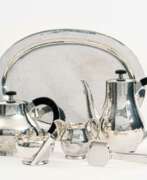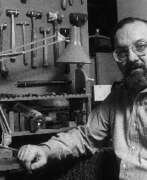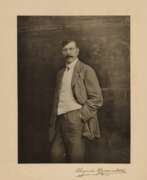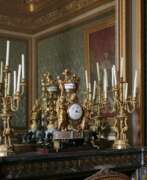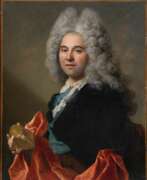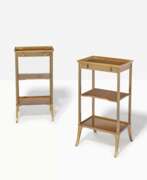Metal cutters
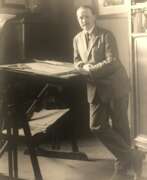

Edgar William Brandt was a French ironworker and prolific weapons designer. In 1901 he set up a small workshop at 76 rue Michel-Ange in the 16th arrondissement in Paris, where he began designing, silversmithing, and forging small items such as jewelry, crosses, and brooches. His business began to take off with special commissions such as the door of the French Embassy in Brussels, the Escalier Mollien stairs in the Louvre, and the stair and balcony railing for the Grand Theatre Municipal de Nancy.
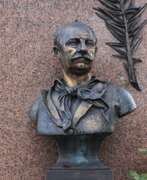

Henry Dasson was a renowned nineteenth century Parisian maker of gilt-bronze mounted furniture. Unlike other cabinetmakers of the time Dasson began his career as a bronze sculptor, and consequently one characteristic of his work is the quality of his bronze and more precisely of the chiselling.
He specialised in the production of Louis XIV, XV and XVI style furniture using the finest gilt-bronze mounts.
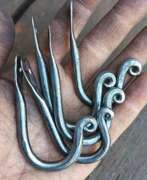

Evelyn Neumann is a German metal artist, sculptor and blacksmith.
In her studio in Kunsthaus Kremlin, Evelyn designs objects, jewelry and sculptures made of metal, including the use of used materials and objects that are transformed and reused in new compositions. In this way, the artist creates forged jewelry, can openers, hooks and hangers, welded grids, barrels and figurines, as well as industrial-style interiors.
Evelyn Neuman also casts and forges sculptures from small to natural sizes. She uses scrap iron, zinc, copper and tin to make bronze.


Jan Verkolje was a Dutch painter-drawer and engraver of the Golden Age. He is known for his portraits and genre scenes in interiors, and to a lesser extent for religious and mythological compositions. Vercolje was a gifted self-taught artist in various drawing techniques - drawing, engraving, metal carving (mezzotint).
